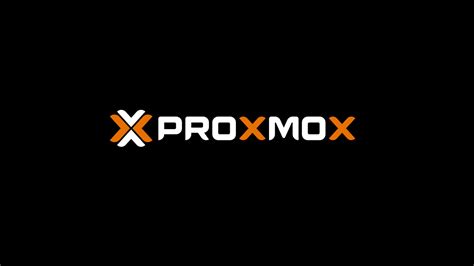this post was submitted on 20 Jul 2024
49 points (100.0% liked)
Linux
47946 readers
1682 users here now
From Wikipedia, the free encyclopedia
Linux is a family of open source Unix-like operating systems based on the Linux kernel, an operating system kernel first released on September 17, 1991 by Linus Torvalds. Linux is typically packaged in a Linux distribution (or distro for short).
Distributions include the Linux kernel and supporting system software and libraries, many of which are provided by the GNU Project. Many Linux distributions use the word "Linux" in their name, but the Free Software Foundation uses the name GNU/Linux to emphasize the importance of GNU software, causing some controversy.
Rules
- Posts must be relevant to operating systems running the Linux kernel. GNU/Linux or otherwise.
- No misinformation
- No NSFW content
- No hate speech, bigotry, etc
Related Communities
Community icon by Alpár-Etele Méder, licensed under CC BY 3.0
founded 5 years ago
MODERATORS
you are viewing a single comment's thread
view the rest of the comments
view the rest of the comments

Just using DD like this is not doing a bit clone of your drive. What you want to do can be done with DD on a blank disk (no filesystem), but you might as well just use gparted and make it easy on yourself. Otherwise, you need make sure the source and destination disks have the exact same geometry and such...it's just more steps you seem to not want to take. Just take the easy route.
So install back both disks, make a bootable gparted stick and do the cloning from there? The new disk is basically empty save the new file system, but ofc I can just delete that.
Yeah, that'll work. Gparted should wipe the destination disk for you and set the boundaries and such. Should be super easy. You can find guides online as well.
Clonezilla is also a super easy route.
X2 for clonezilla. I would usually go the path of the OP with one exception: this particular example. Clonezilla just works so perfectly for this effect scenario i can't imagine wasting time using anything else.